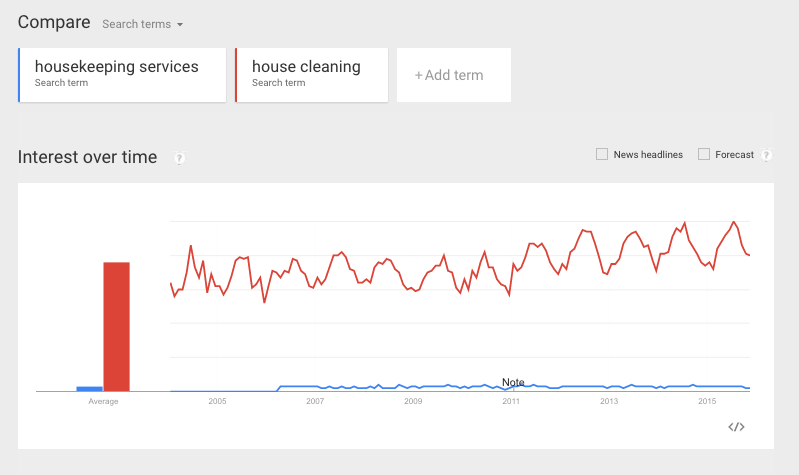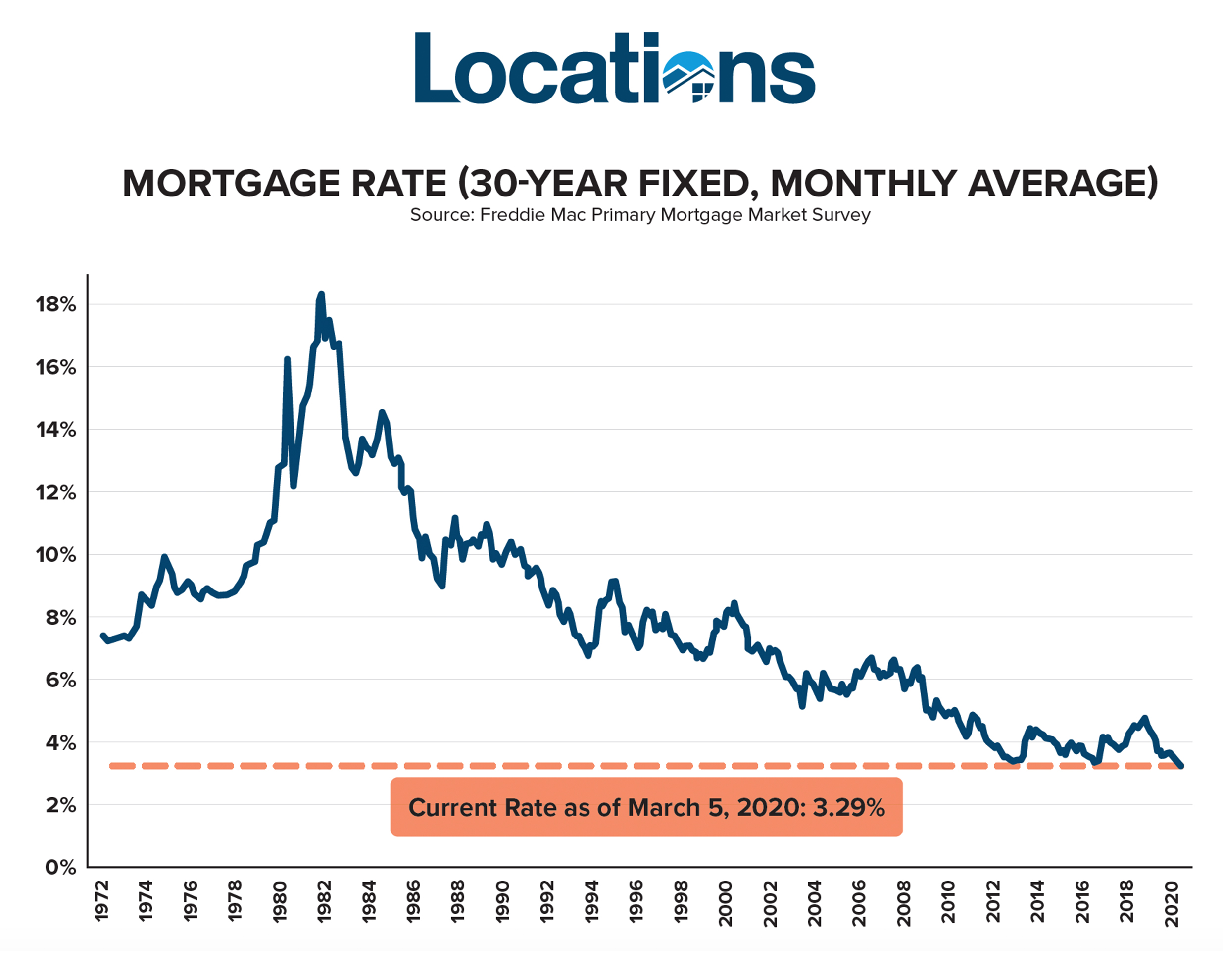



We often talk about a site migration taking months to stabilise. It can make a huge difference to be able to point to a graph like the one below and show that, aside from any technical issues you’ve steadily lost brand interest and that’s a component of your traffic. If you’re in charge of SEO, people will be coming to you asking where your organic traffic has gone. That means you’ll definitely need to migrate from one site to another. That’s also not the only application How Google Trends historic data can help with site migrations For example, here we could plan to support our large conference marketing with smaller ongoing events. We can use it to see what activity might be working for us or for competitors. This kind of pattern is a key part of informing a strategy. While they were doing that, they had a steady rise in branded searches until they were overtaking everyone else. Meetups targeting their core customer base, using influencers and contacts they worked with for their bigger initial event. Later on, the same competitor started running smaller, regular events across the country. It got a fair amount of press attention and seemed successful.īut as you see, the searches for their brand dropped off again after that spike. Even better, by zooming in on specific changes in the graph, we can start come up with ideas for why changes happened.įor example – the yellow spike below coincides with an influencer-led conference that one of our competitors ran. These insights can tell us what happened. The competitor in yellow has gone from nothing, to pretty much leading the pack.My client has had good years and bad years but has actually stayed fairly static overall.The competitor in red was way in the lead but lost that lead over time.By simply tracking the number of searches for these brands we can get a idea of what has happened to the industry over time. Before looking at this I had no idea what their industry was like in India, certainly not fifteen years ago. The graph below shows searches in India for my client and their competitors over the last 15 years.
#INTEREST OVER TIME GOOGLE HOW TO#
How to use Google Trends historic data to get brand insight Lets us break down that data at state, metro, or city level.Gives us historic data for the last 15 years as soon as we ask for it.We don’t have to rank for all the terms we’re comparing. It lets us compare interest for different terms (and therefore different brands).So we need a different source of data if we want to answer questions like “where is my brand weak in comparison with my competitors?” Why Google Trends is great for measuring brand Having lots of interested customers in New York is not the same as having lots of interested customers in Seattle. But brand awareness can differs from city to city. The problem is those tools tend to give one overall search volume number for a whole country. Normally we could get search volume data from third party tools like SEMRush or Moz. Search Console can’t help us with this because we only see data for terms we are ranking for. But to take action we ideally need to be able to compare interest in our brand with interest in our competitors’ brands. If we see the number of impressions for our brand going up then we’re probably doing better, if it’s going down then we’re probably doing worse. If we only care about our own brand performance over time we could use Search Console data. One option is to measure how often people are searching for our brand. So to get a more complete picture of brand strength we really need non-survey data. As academics have said for years we can’t always trust what people self-report.It takes time and money to get the results.We can’t ask everyone so we’re missing a lot of data.That can work particularly well for measuring the success of individual paid campaigns within a platform but with surveys Sure, we can use things like surveys to get an idea of how well some people are recalling our brand. There aren’t many sources of data that will do the trick. The problem is, brand performance (which I’ll just refer to as “brand” from now on) can be very difficult to measure. 5 Google Trends is a powerful source of brand data The difficulty with measuring brand performance


 0 kommentar(er)
0 kommentar(er)
